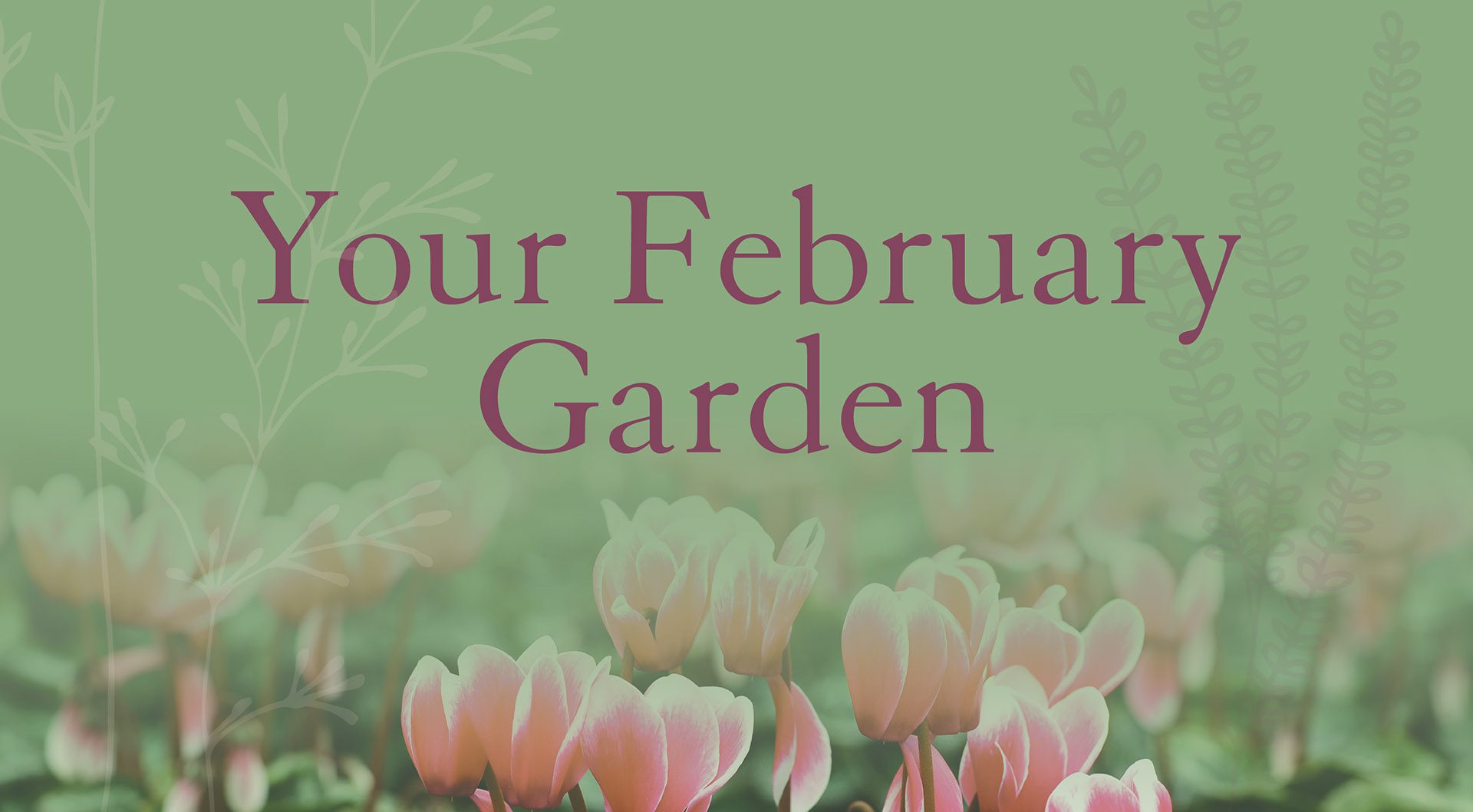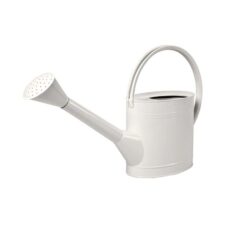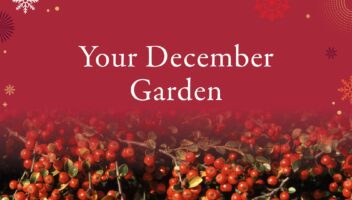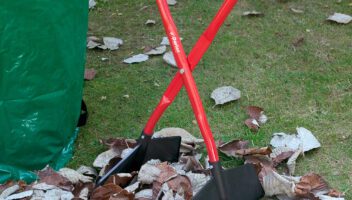Table of Contents
February is a transitional month for gardeners. Winter still holds its grip, but the longer days hint at spring’s approach. This is the perfect time to enjoy winter blooms, carry out essential tasks to prepare your garden for the months ahead, and nurture your space to ensure it thrives. From planting bare-root roses to protecting tender plants from frost, February offers plenty to keep keen gardeners busy.
In this guide, discover what to enjoy in your garden this month, what to plant and grow, and how to care for wildlife and tackle February-specific gardening tasks.
What to Enjoy in Your Garden This February
Despite the lingering cold, February brings hidden treasures to the garden, with a mix of blooms, striking foliage, and berries to enjoy.
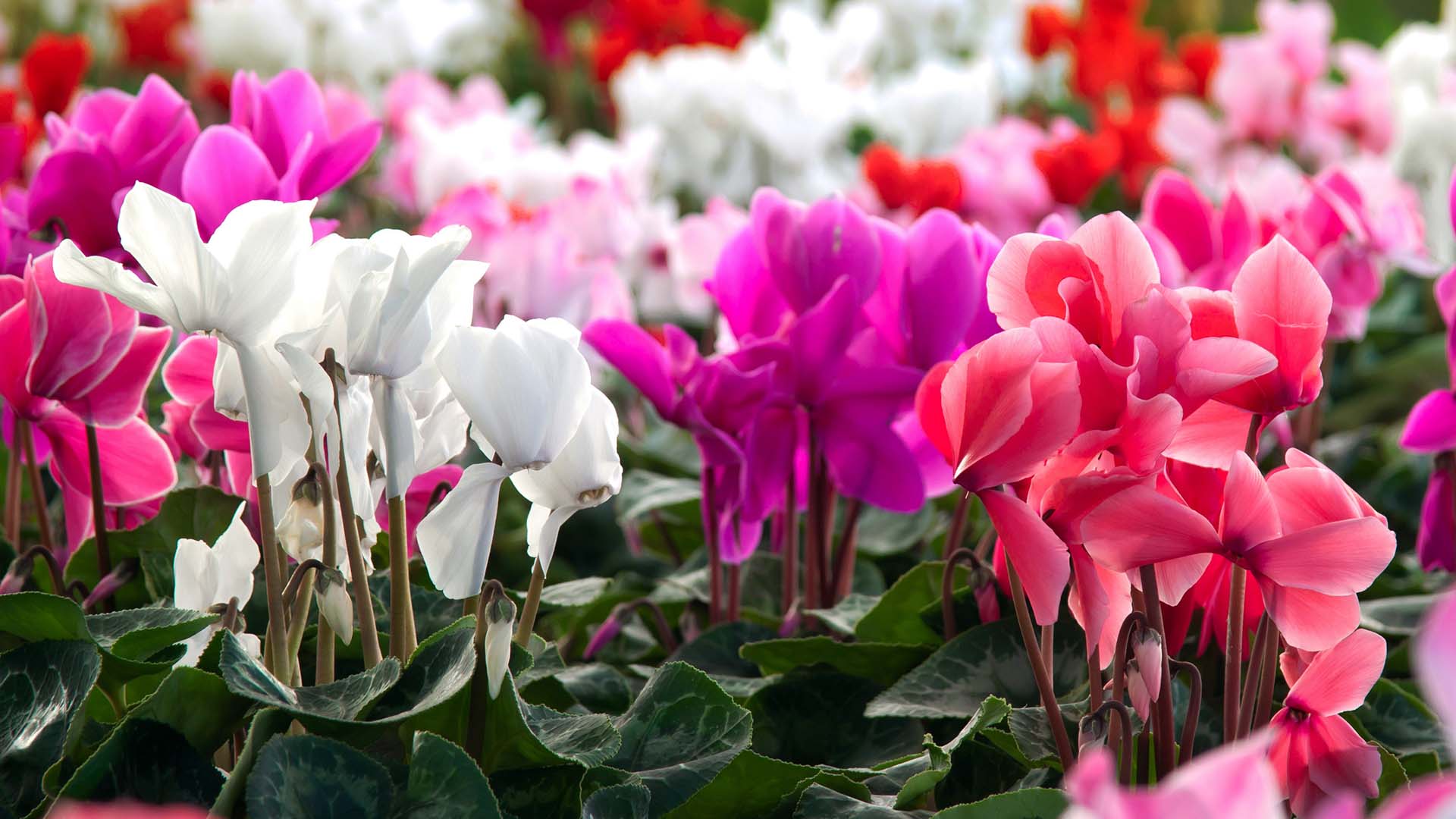
Flowers in Bloom
Hellebores (Christmas roses) are one of February’s stars, with their beautiful cup-shaped flowers in soft shades of pink, white, and purple. Combine these with carpets of Galanthus (snowdrops), whose delicate white blooms signal the slow retreat of winter. Cyclamen coum, with its bright pink or magenta flowers, thrives in shady spots and adds a splash of colour to borders. Eranthis hyemalis (winter aconite) are also a welcome sight, forming cheerful golden clusters beneath bare trees.
Hillier Tip:
Plant a mix of hellebores, snowdrops, and cyclamen for a layered display that shines even in winter’s gloom.
Fantastic Foliage and Structure
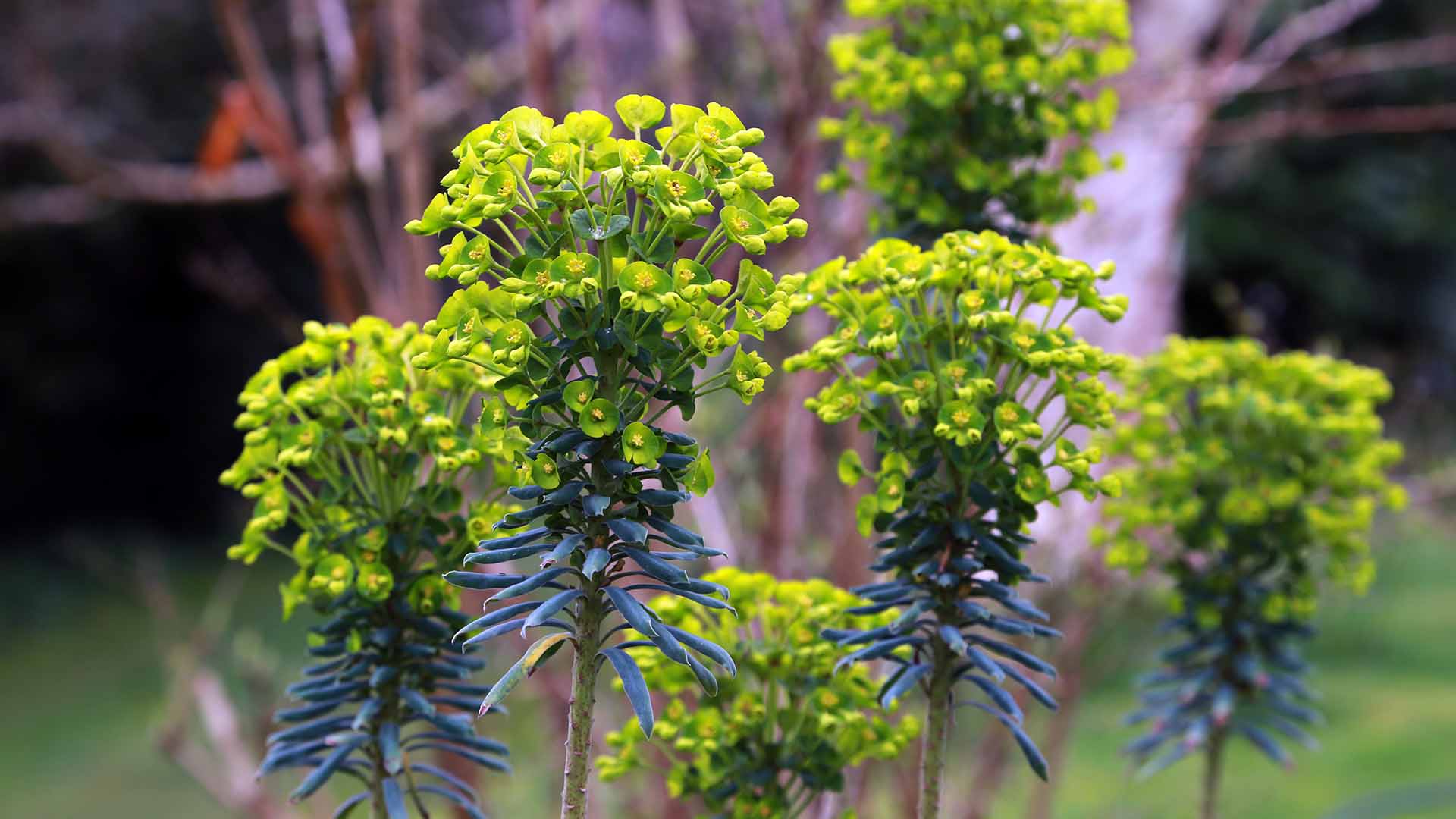
Even without an abundance of flowers, February gardens can impress with dramatic foliage and architectural shapes. Cornus (dogwoods), with their vivid red and orange stems, create fiery accents in winter borders. Euphorbia characias subsp. wulfenii (Mediterranean spurge) stands tall with its striking green bracts, while evergreen heathers such as Erica carnea (alpine heath) bring low-maintenance charm to beds and pots.
Fruits and Berries
Winter berries continue to add colour and interest to the garden in February while providing an essential food source for wildlife. Pyracantha (firethorn) and Cotoneaster remain heavy with red and orange berries, attracting blackbirds, thrushes, and other hungry garden visitors. Ilex aquifolium (holly) also holds onto its striking berries, offering both festive charm and a vital winter food supply.
For those looking to plant fruiting shrubs, Malus (crab apples) such as ‘Evereste’ and ‘Red Sentinel’ keep their ornamental fruits well into winter, while Skimmia japonica brightens shaded areas with glossy foliage and clusters of red berries. February is also an excellent time to plant Vaccinium corymbosum (blueberries), Rubus idaeus (raspberries), and Ribes nigrum (blackcurrants), setting the foundation for a delicious summer harvest.
Hillier Tip:
When planting fruiting shrubs and trees, consider adding early-flowering plants nearby to encourage pollinators. Even in colder months, early active bees may visit gardens seeking nectar sources, helping to improve fruit set later in the season.
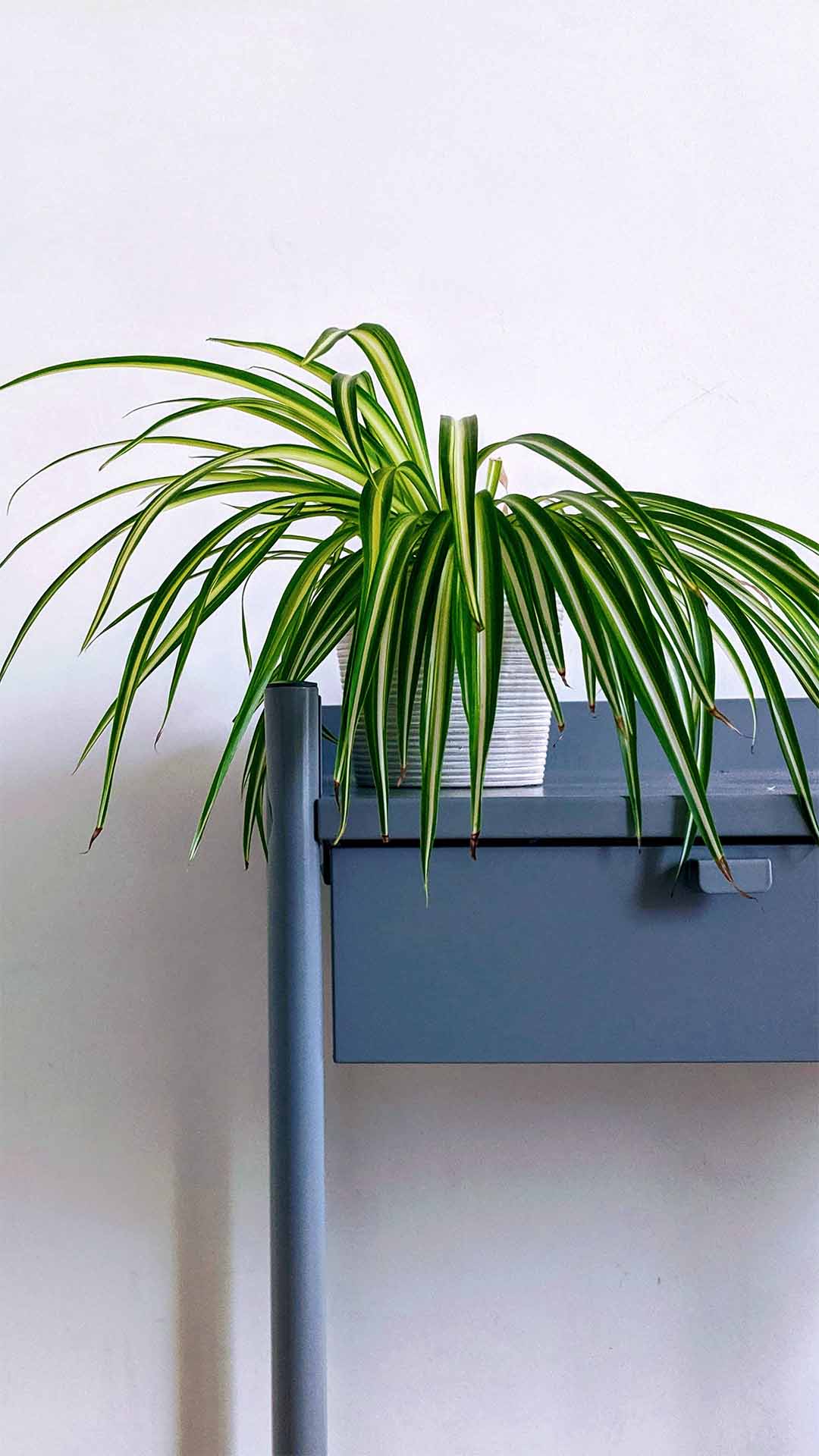
Indoor Plant Highlights
As February’s chilly weather lingers, bringing greenery into your home can lift your spirits and refresh your indoor space. Orchids, such as Phalaenopsis (moth orchid), continue to shine with their graceful, long-lasting blooms. These elegant plants thrive in bright, indirect light and require only minimal watering—perfect for adding effortless beauty to your home.
For those looking to purify the air and create a lush indoor retreat, consider Dracaena fragrans (corn plant) or Chlorophytum comosum (spider plant). Both are easy to care for and help improve indoor air quality. If you prefer trailing plants, Epipremnum aureum (devil’s ivy) is an excellent choice, cascading beautifully from shelves or hanging pots.
To introduce a pop of colour, Anthurium andraeanum (flamingo flower) offers vibrant red or pink blooms, while Cyclamen brings delicate, butterfly-like flowers in shades of pink, white, or purple, perfect for brightening up windowsills.
Keep houseplants thriving this month by positioning them away from cold draughts, maintaining consistent temperatures, and wiping their leaves to remove dust. Water sparingly, as most houseplants need less moisture during winter.
Hillier Tip:
Adding a humidity tray beneath houseplants can help counteract dry indoor air caused by central heating. Simply fill a shallow tray with pebbles and water, placing your plant on top to maintain a healthy environment.
Visit one of our Hillier Garden Centres to explore a wide selection of indoor plants and find the perfect addition to your home.
What to Plant in February
February is an excellent time to start planting, helping your garden come to life as spring approaches. Whether you’re looking for instant colour or planning for the months ahead, there are plenty of options to get started.
Instant Garden Impact
For quick seasonal colour, winter pansies and Primula vulgaris (primroses) thrive in cool temperatures, brightening up pots, borders, and hanging baskets. Hellebores provide elegant winter blooms in shades of white, pink, and deep purple, while alpine heather adds long-lasting colour and supports early pollinators.
Future Growth Planting
Now is the perfect time to plant bare-root roses and fruit bushes, including blackcurrants, Ribes rubrum (redcurrants), and gooseberries, allowing them to establish before spring growth begins. Lilies and Allium bulbs can be planted in pots for a stunning summer display, while hardy perennials like Delphiniums will thrive if planted now. In the vegetable garden, onion sets, and garlic can go directly into well-drained soil or be started under cover if conditions are too wet or cold.
What to Grow This February
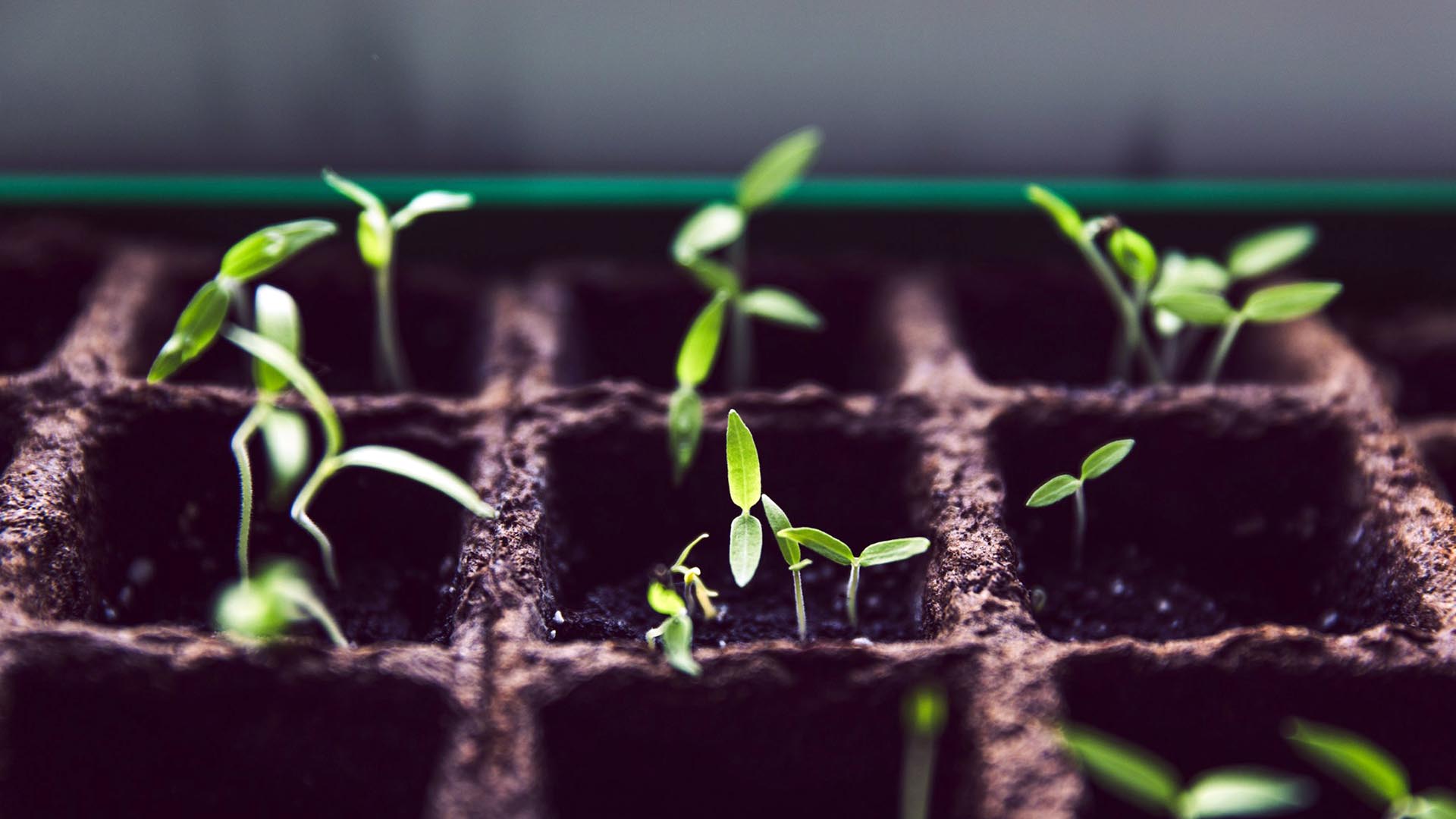
Seeds to Sow Indoors
February is a great time to start sowing seeds indoors, giving plants a strong start before the growing season. Sweet peas can be sown in pots or trays and placed in a bright, cool location to develop sturdy roots ahead of spring planting. Tomatoes, chillies, and aubergines also benefit from an early start, sow them in a heated propagator or a warm spot indoors to maximise their growing season. If you’re planning a greenhouse crop, now is the time to start cucumber seeds, ensuring they have the warmth they need to thrive.
Vegetable growers can begin peas indoors by sowing them in deep trays or repurposed containers with drainage holes before transplanting them outdoors in spring. Brassicas, including Brussels sprouts, summer cabbage, and cauliflower, can also be sown under cover now for strong early growth. For a longer season, leeks, celeriac, and bolt-resistant celery varieties should be started in a protected environment to allow steady development.
For smaller indoor projects, try sowing basil on a sunny windowsill for fresh, fragrant leaves to use in cooking. Early potatoes can also be placed in a bright, frost-free spot to sprout before planting, this process, known as ‘chitting’, encourages stronger, faster growth when they go into the ground. February and March are the best months to start this process.
Read our guide to growing your own potatoes to learn more about how to get the best results.
Ready to Harvest
Vegetables like leeks and kale may still be available to harvest if they were over wintered. These provide nutritious, home-grown produce for warming winter meals.
Gardening Tasks for February
February is a busy month for maintenance and preparation in the garden. With the growing season fast approaching, now is the time to prune, tidy, and get ahead to ensure a healthy and productive garden in the months to come.
Pruning Checklist
February is the perfect time for pruning to encourage healthy growth and improve the shape of your plants as they come out of dormancy:
- Roses – Prune bush and climbing roses, removing dead or damaged wood and cutting back stems to promote vigorous new growth.
- Wisteria – Shorten side shoots to two or three buds to help focus energy on flower production for a stunning spring display.
- Apple and pear trees – Complete their winter pruning, maintaining their shape and maximising fruiting potential for the year ahead.
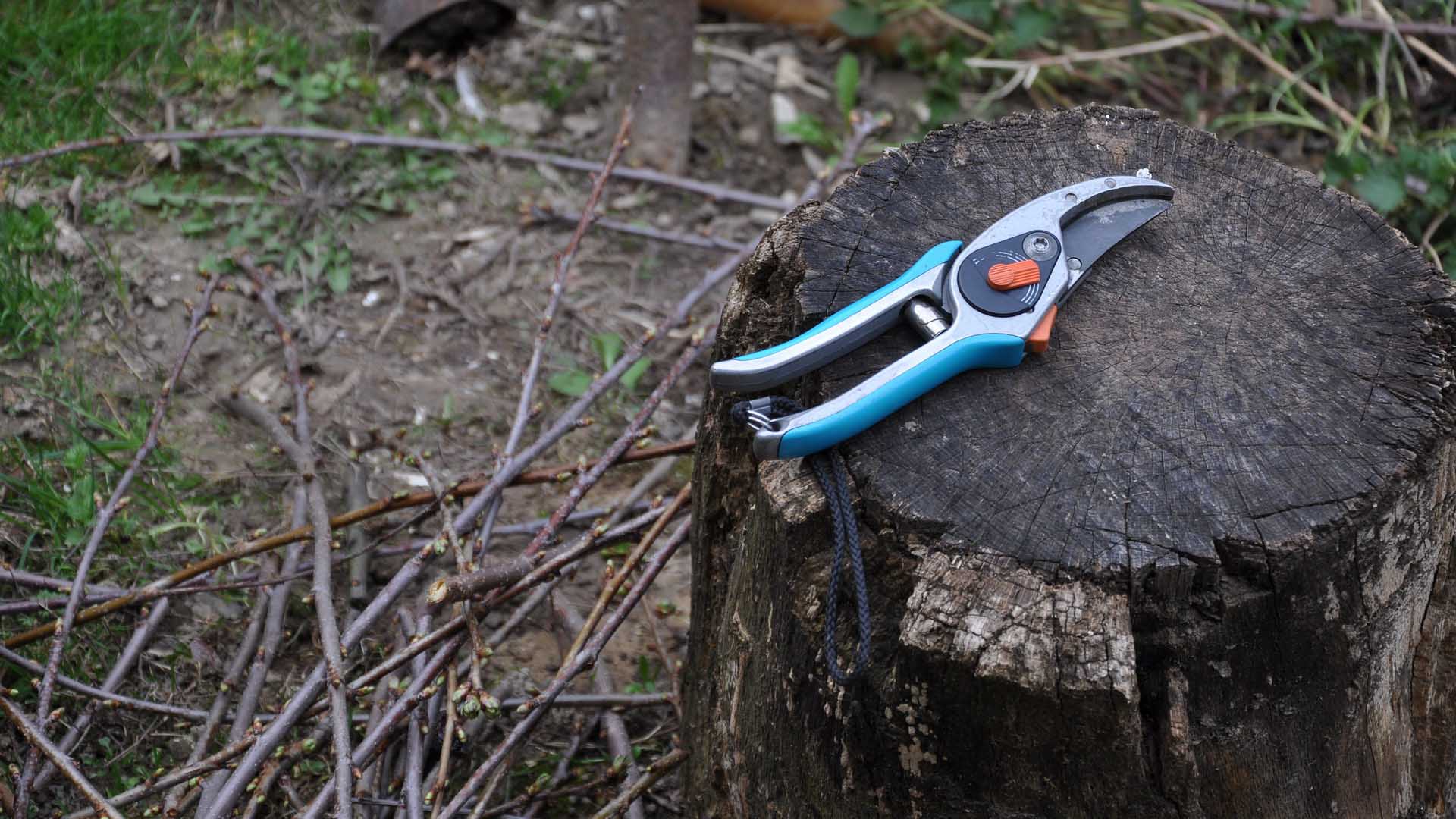
Transplanting Tips
If the ground is not frozen, February offers a good opportunity to move deciduous trees or shrubs. When transplanting, ensure the new site suits the plant’s needs for sunlight, soil, and shelter. Carefully dig up the plant with as much of the root ball intact as possible and replant in a well-prepared hole. Be sure to water thoroughly after transplanting to encourage establishment.
To improve your garden’s soil for the spring season, add a layer of well-rotted compost or manure to your borders. This enriches the soil with vital nutrients and improves its structure, providing a better environment for plant roots.
Weather Protection Advice
With the risk of frosty conditions still lingering in February, it’s essential to protect vulnerable plants from the cold. Use horticultural fleece to cover tender plants during colder nights, helping to shield them from frost damage. Applying mulch around the base of shrubs and perennials will insulate their roots and help maintain warmth in the soil. Additionally, on milder days, be sure to ventilate cold frames to prevent excess moisture from building up, which could lead to mould or fungal issues.
Lawn and Garden Care
If the weather allows, take time to clear debris from your lawn and garden. Leaves, twigs, and fallen branches can smother grass, so it’s important to remove them to encourage healthy growth. It’s also a good idea to cut lawn edges to give the garden a tidy, sharp appearance. Be careful not to walk on frozen grass, as this can damage the turf.
February’s Seasonal Garden Jobs
February is the ideal time to get your greenhouse in order. Start by cleaning the glass, staging, and tools to ensure a pest-free environment as you prepare for the growing season. Take the opportunity to thoroughly wash pots and seed trays, making them ready for spring sowing. Additionally, adding a layer of mulch to your flower beds and borders will help protect plant roots from any lingering cold spells, ensuring they stay insulated and ready for the warmer months ahead.
Hillier Tip:
February is a quieter time in the garden, so it’s the perfect opportunity to sharpen and maintain your gardening tools. A well-maintained toolset makes gardening tasks easier and more efficient when the busier seasons arrive.
How to Attract Wildlife in February
February can be a challenging month for garden wildlife, with cold temperatures and limited food sources. Providing the right plants and supplementary feeding can help support birds, insects, and other creatures during this time. Shrubs such as Mahonia and Viburnum bodnantense offer vital nectar for early pollinators, while leaving ivy to flower and fruit provides an essential food source for both insects and birds. Berry-laden plants like firethorn and Cotoneaster continue to supply much-needed sustenance for wildlife seeking nourishment in the late winter months.
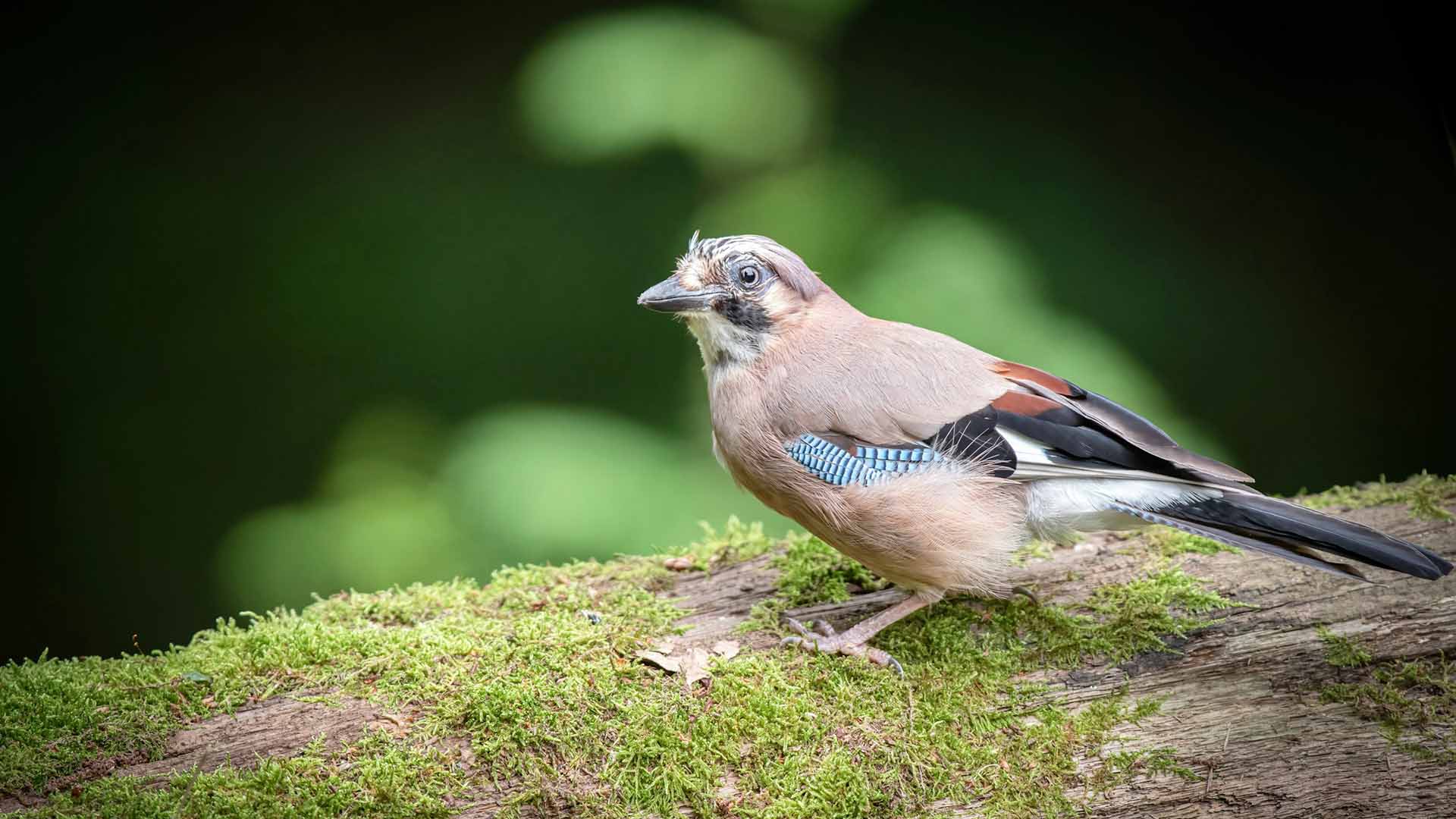
Feeding and Sheltering Tips
Ensure bird feeders remain well-stocked with high-energy foods, including suet balls, sunflower seeds, and mealworms, which provide the essential fats and proteins small birds need to survive. Fresh water is equally important, check birdbaths daily and break any ice to ensure they remain accessible.
Avoid excessive tidying in your garden, as piles of leaves and branches offer shelter to hibernating insects and hedgehogs. If space allows a simple log pile in a quiet, undisturbed area can become a haven for beetles, frogs, and other beneficial wildlife. Bird boxes installed now may encourage species such as blue tits and sparrows to establish a nesting site ahead of spring.
Hillier Tip:
Leave a patch of ivy or bramble untouched—these dense plants provide both food and safe shelter for birds, insects, and small mammals during the final stretch of winter.
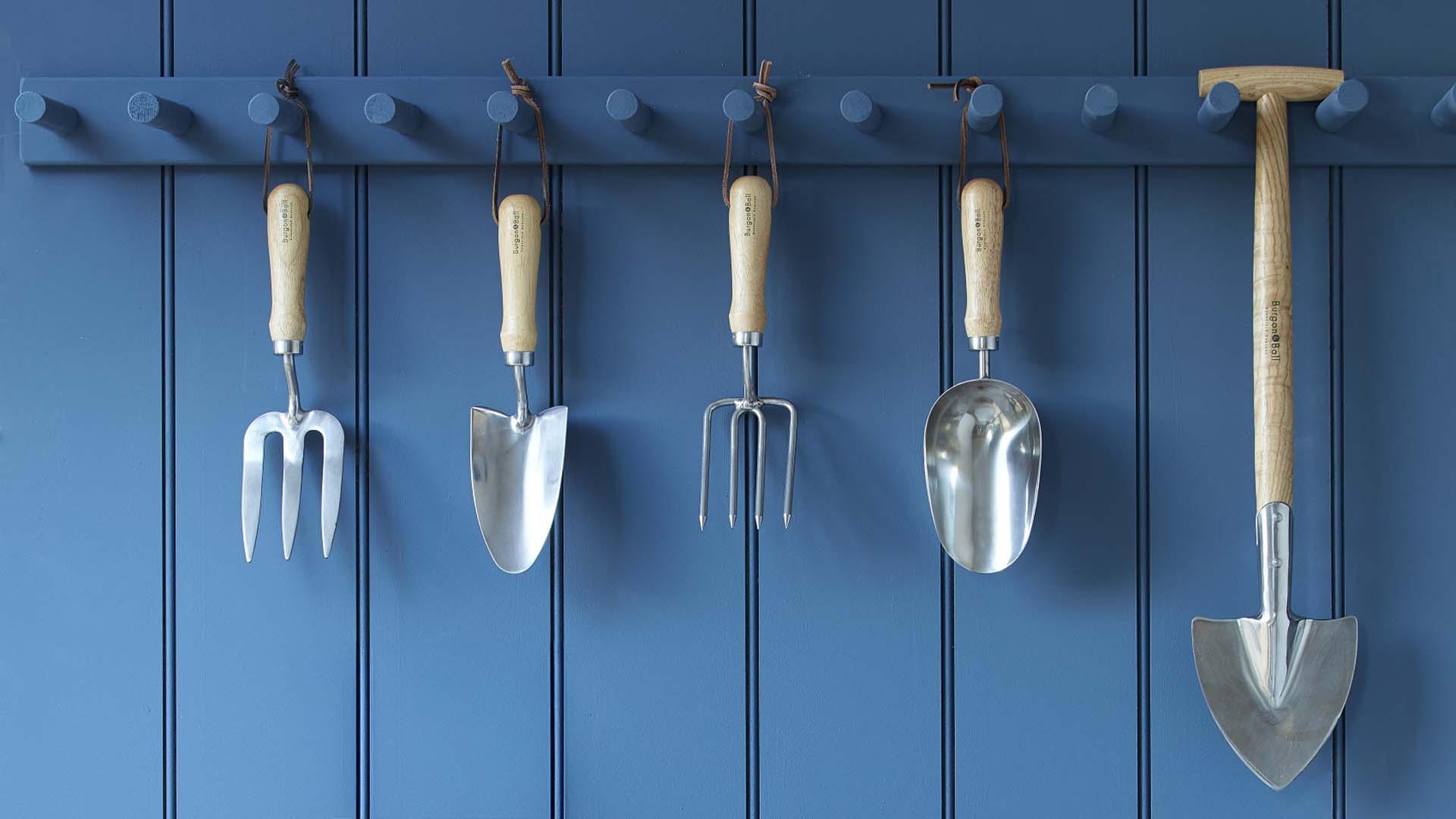
Monthly Gardening Tool Checklist
Download Your Free February Gardening ChecklistPruning Essentials
With February being a prime time for pruning roses, wisteria, and fruit trees, similar to January, keeping your cutting tools in top shape is crucial. Make sure secateurs and loppers are sharpened and clean to allow for precise cuts that encourage healthy new growth. A pruning saw is ideal for tackling thicker branches, while long-reach loppers make it easier to access higher stems. Use a disinfectant spray or rubbing alcohol to clean blades between cuts, reducing the risk of spreading disease among plants.
Soil Preparation Tools
Preparing the ground for spring planting starts now. A sturdy garden fork helps to aerate compacted soil, improving drainage after heavy winter rainfall. A hand trowel and dibber are useful for sowing early seeds, while a garden rake levels soil beds and removes debris left over from winter. A compost scoop can make applying well-rotted organic matter to borders and vegetable patches quicker and more efficient.
Other Handy Tools
- Protective Gloves: A durable, waterproof pair will keep hands warm and shielded when handling thorny stems or cold, damp soil.
- Watering Can with Fine Rose Attachment: Even in late winter, seedlings and greenhouse plants benefit from gentle watering, opt for a fine rose to prevent waterlogging.
- Cold Frame or Cloches: These help protect early-sown seeds and delicate young plants from frost and temperature fluctuations.
- Hand-Held Hoe: Useful for breaking up compacted soil and tackling early weed growth before it takes hold.
Hillier Tip:
Always clean and maintain your tools after use to prolong their life. For example, wipe down secateurs and loppers after pruning to prevent rust and sap build-up, and oil moving parts regularly.
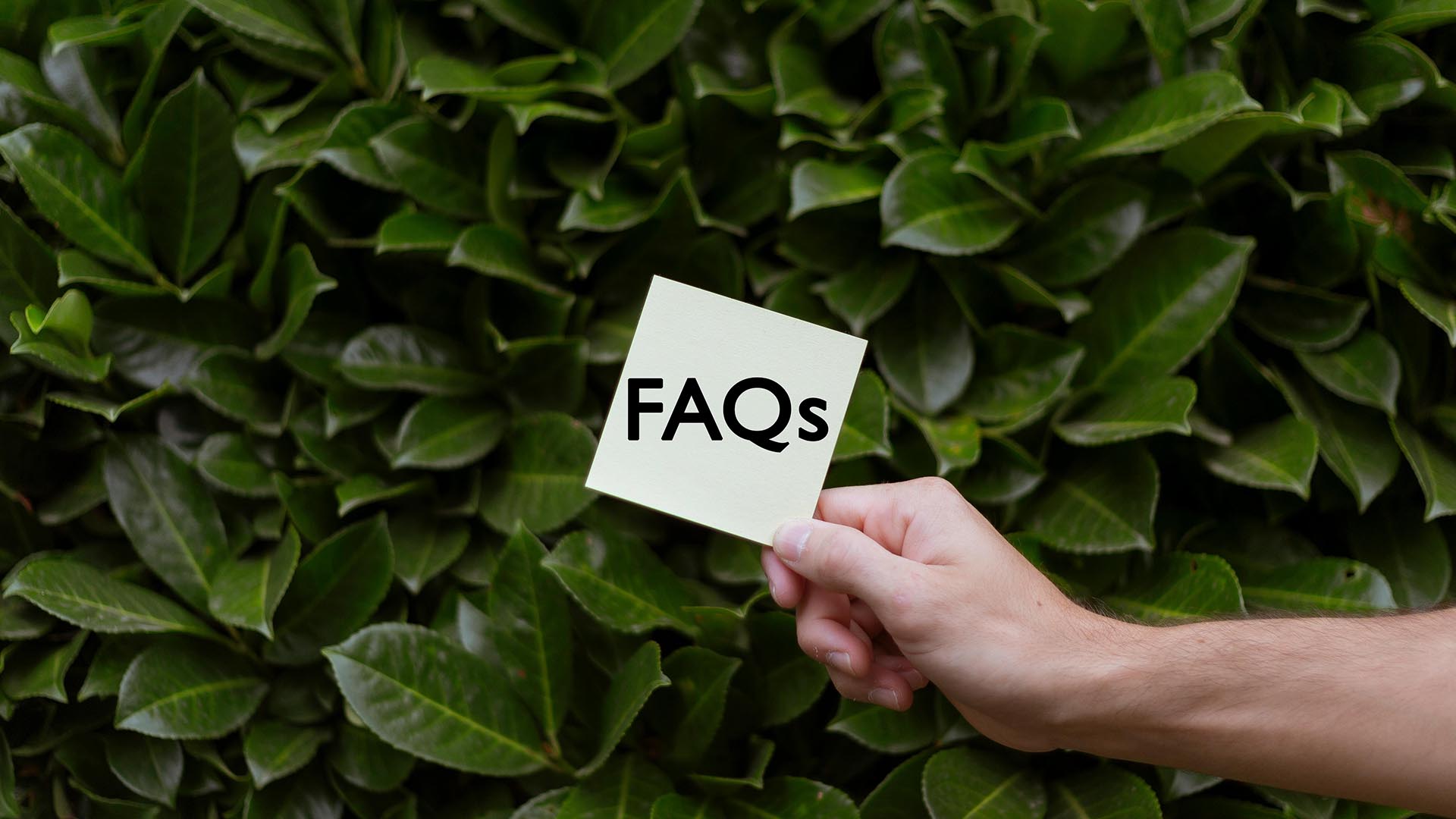
Frequently Asked Questions
1. What flowers bloom in February?
Hellebores, snowdrops, and cyclamen are among February’s most popular blooms. Winter heathers and aconites also provide vibrant colour in borders and containers, while the vivid stems of dogwoods add architectural interest.
2. Can I plant roses in February?
Yes, February is an ideal time to plant bare-root roses. Planting now, while the roses are dormant, allows their roots to establish in the cooler months, ensuring strong growth in spring. Remember to position them in a sunny spot with well-draining soil.
3. How do I protect my plants from frost?
Protect tender plants by using horticultural fleece or cloches on cold nights. Insulate roots with a thick layer of mulch, and if growing in pots, move containers to a sheltered spot or wrap them in bubble wrap to guard against frost damage.
4. Can I start sowing seeds indoors in February?
Yes, February is a great time to start seeds indoors. Vegetables like tomatoes, chillies, and leeks, as well as flowers like sweet peas, can be sown indoors in trays or pots. Use a propagator or place them on a sunny windowsill for the best results.
5. What vegetables can I plant in February?
If the soil is workable, plant onion sets and garlic directly into the ground. For more delicate vegetables, start them indoors. February is also a great time to plant bare-root fruit bushes like raspberries, currants, and gooseberries.
6. Should I prune in February?
Yes, February is perfect for pruning certain plants. Focus on roses, wisteria, and fruit trees like apples and pears. This will help to shape the plants, remove dead wood, and encourage healthy growth. Always use sharp, clean tools for the best results.
7. How do I prepare the soil for spring planting?
Start by clearing weeds and debris from borders. Then, improve soil quality by digging in well-rotted compost or manure. This adds nutrients and enhances soil structure, preparing your beds for spring planting.
8. How can I support wildlife in February?
Help garden wildlife by keeping bird feeders stocked with energy-rich foods such as sunflower seeds, suet, and mealworms. Break ice on birdbaths to provide fresh water. Additionally, plant winter-flowering shrubs like Mahonia to offer nectar for early pollinators. Avoid over-tidying borders so insects and hedgehogs can shelter in leaves and brush piles.


